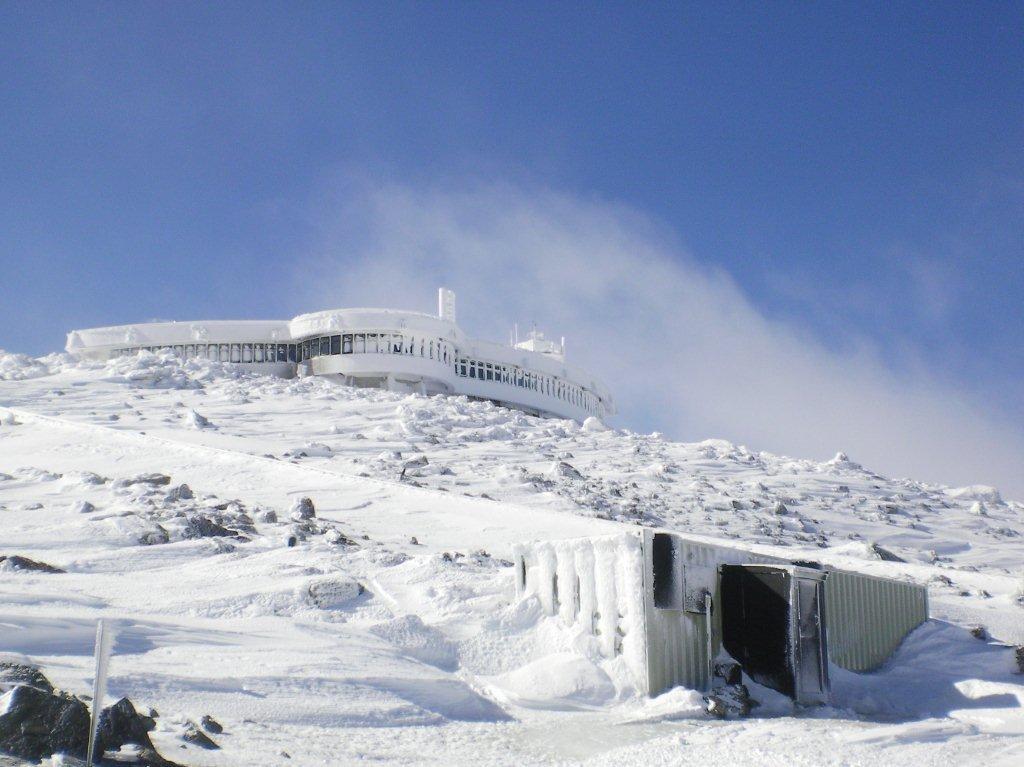Mt Washington State Park – Friday Jan 6, 2012
By: Mike Pelchat, Park Manager
At Mount Washington State Park (MWSP) our staff has many responsibilities caretaking several building, utility systems and providing public services on the highest peak in the Northeast. While we are busier with public support in summer when the park is open to the public via The Cog Railway and Mount Washington Auto Road, in winter our focus is mostly on maintenance and utility system management. No easy chore in the Home of the World’s Worst Weather! One of the many hats I wear as manager of MWSP is a licensed Wastewater Treatment Plant (WWTP) Operator. All of us in the industry take great pride in turning awful foul smelling waste water it into almost pure drinking water! This week we concentrated on a site inspection of the summits three year old Extreme Sewage Treatment plant or ESTP.
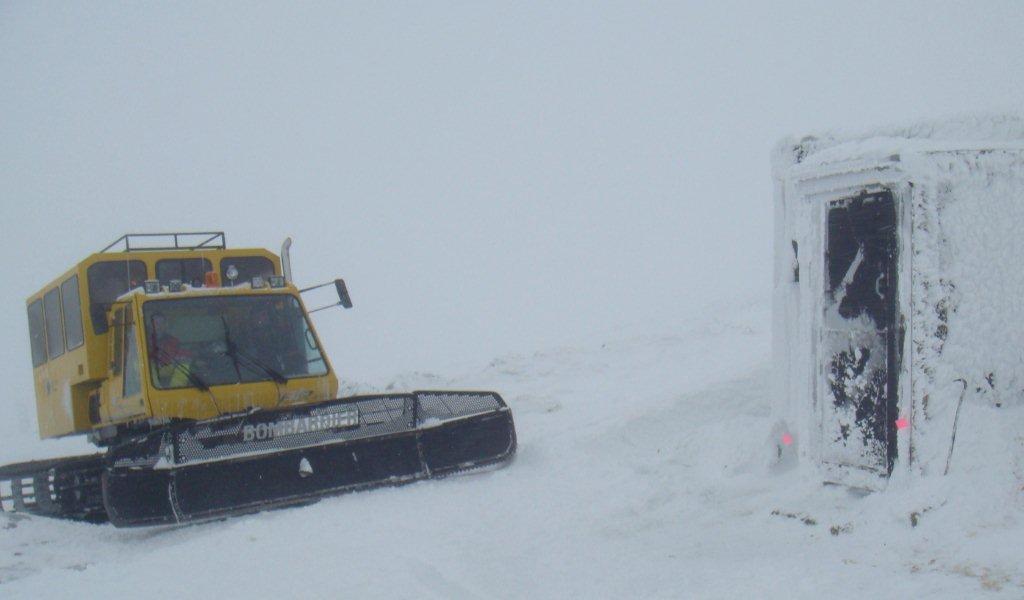
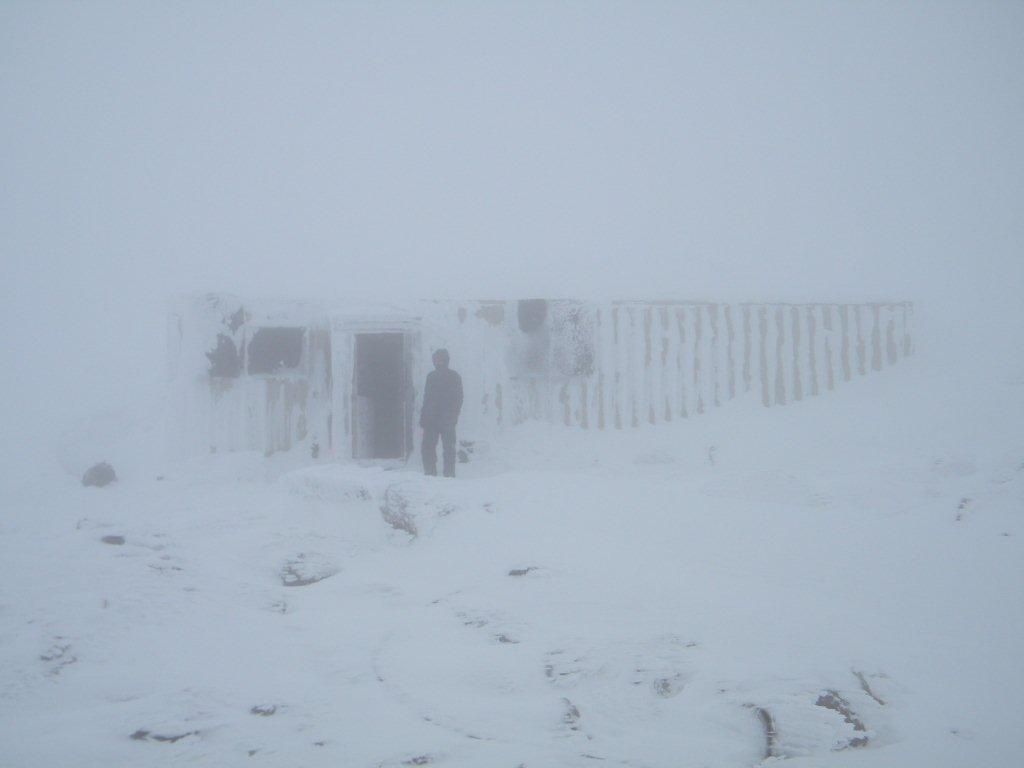
We had the pleasure to share a couple days with our inspectors; Ken Kessler the State of NH Department of Environmental Services WWTP Supervisor along with local expert Dick Emberly a State WWTP Operator Level 4, in charge of the Franklin Pierce Univ. campus waste water treatment plant . We ran a gamut of field tests on influent & effluent, a pinewood chip experiment of the effluent, review of BIOBUGS that Dick brought to help re-seed the beneficial microbes and all kinds of troubleshooting and problem-solving… Ken tried a pine wood chip denitrifying experiment. We tested for nitrates in the water before it went into a 5gal pail of wood chips, then measured nitrates again after 24 hrs. We didn’t get the conclusive evidence it was working and concluded more research and experimentation needs to be done.
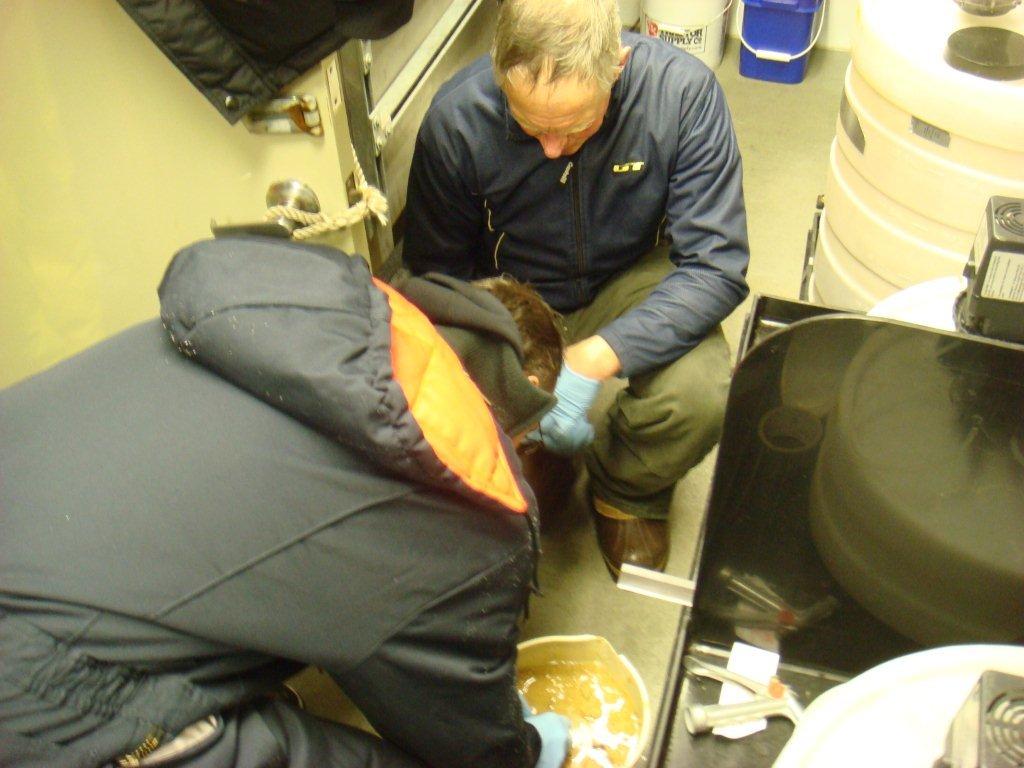
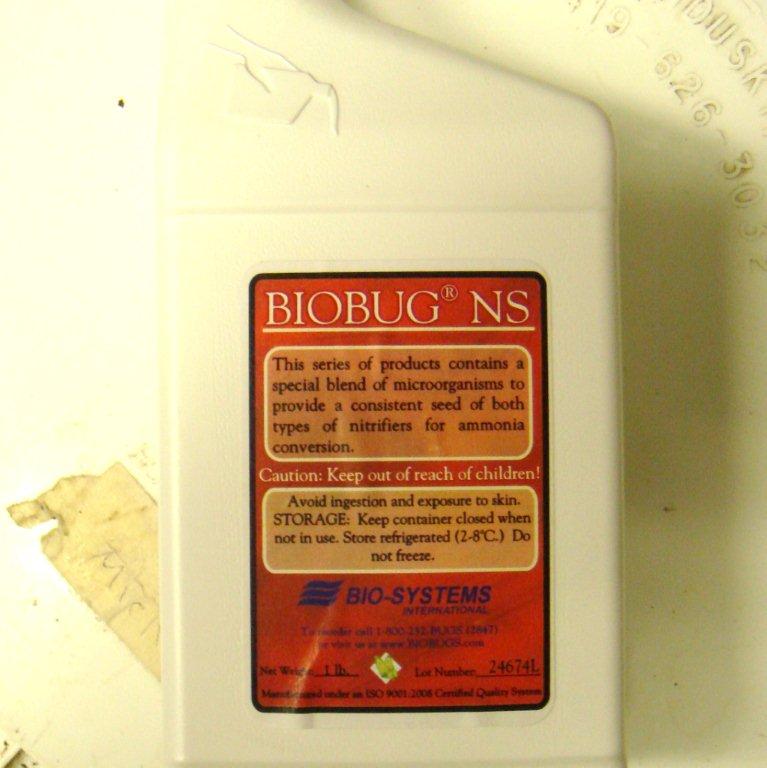
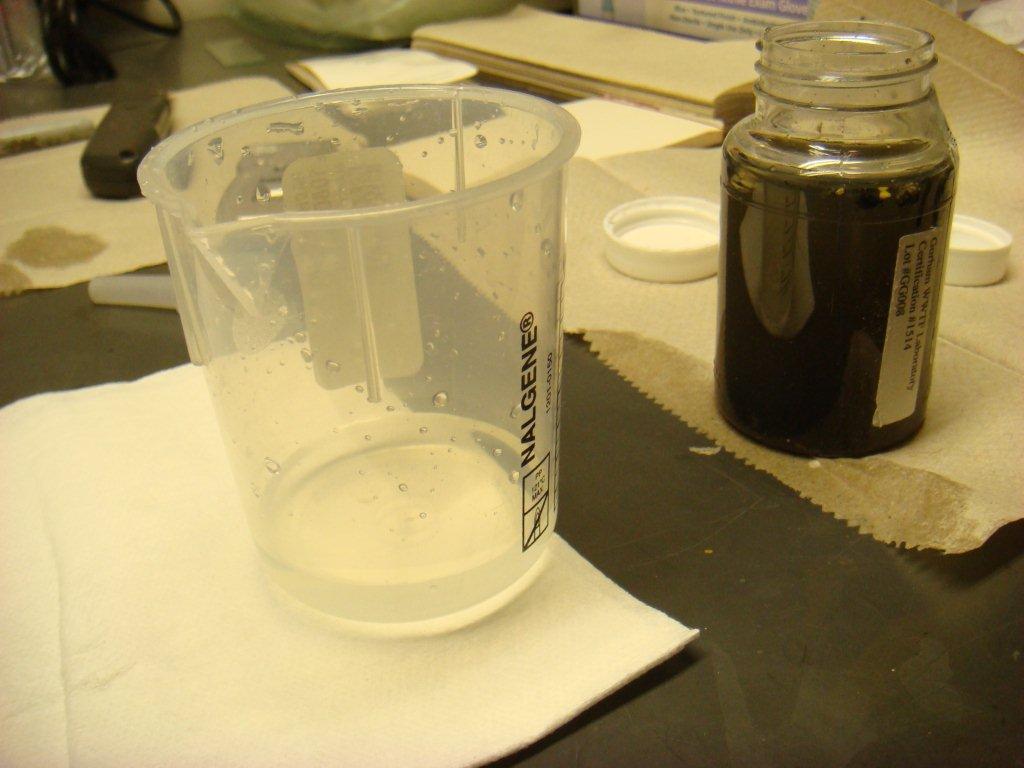
It was a challenge in extreme winter weather dressing to hike the 600’ up and down to the summit treatment plant to carry test samples and experiments to & fro our small WWTP lab in the Yankee building. Temps around minus 5F, winds gusting into 80+ mph range, thick fog with blowing snow made the frequent trips up and down the service road to the treatment plant at the Tank Farm not only good exercise but also a good test of our winter gear and face protection. Even with all my year’s experience on Mt. Washington, I felt the burn of frost nip on my right check from constantly turning my head into the wind to keep check on my companions… Nothing serious but it made aware again of just how fast exposed flesh can freeze. It doesn’t take but seconds to get nipped in these conditions and no skin is tougher then than Mother Nature! Friday morning before 8 am the winds abated and I took a solo hike down auto road to knock the white rime ice encapsulating the guide posts along the Homestretch and place some experimental little pink wands to bridge the snowy sections where there are no guide posts to help our snow tractor operator find the road in low visibility conditions. I met Ken & Dick at the treatment plant coordinating our rendezvous by radio. We took more effluent samples for testing in Concord which will help confirm or deny our field readings.
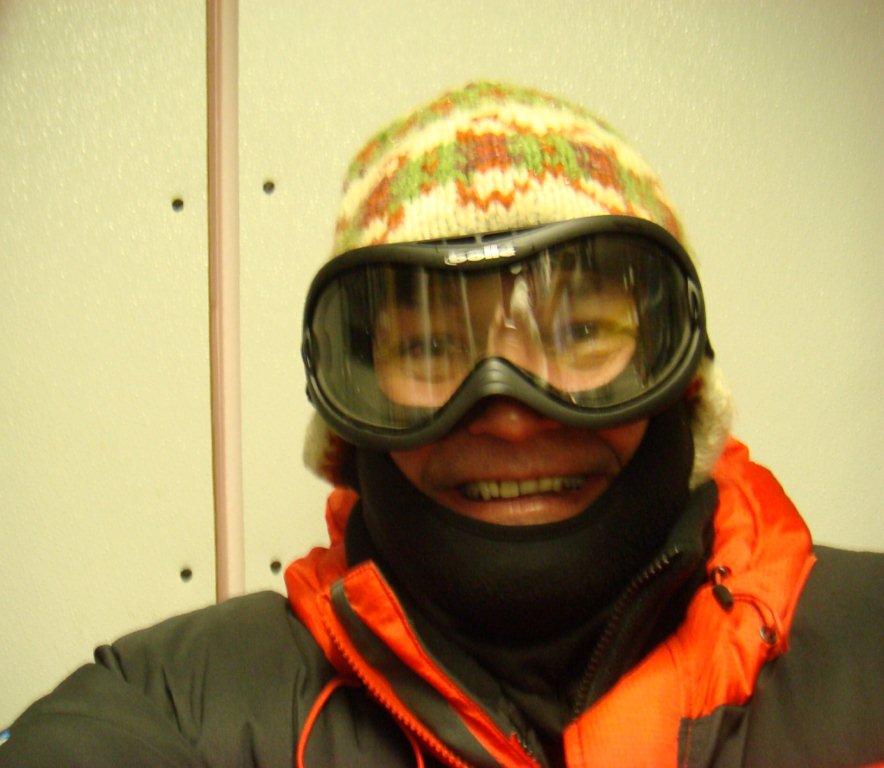
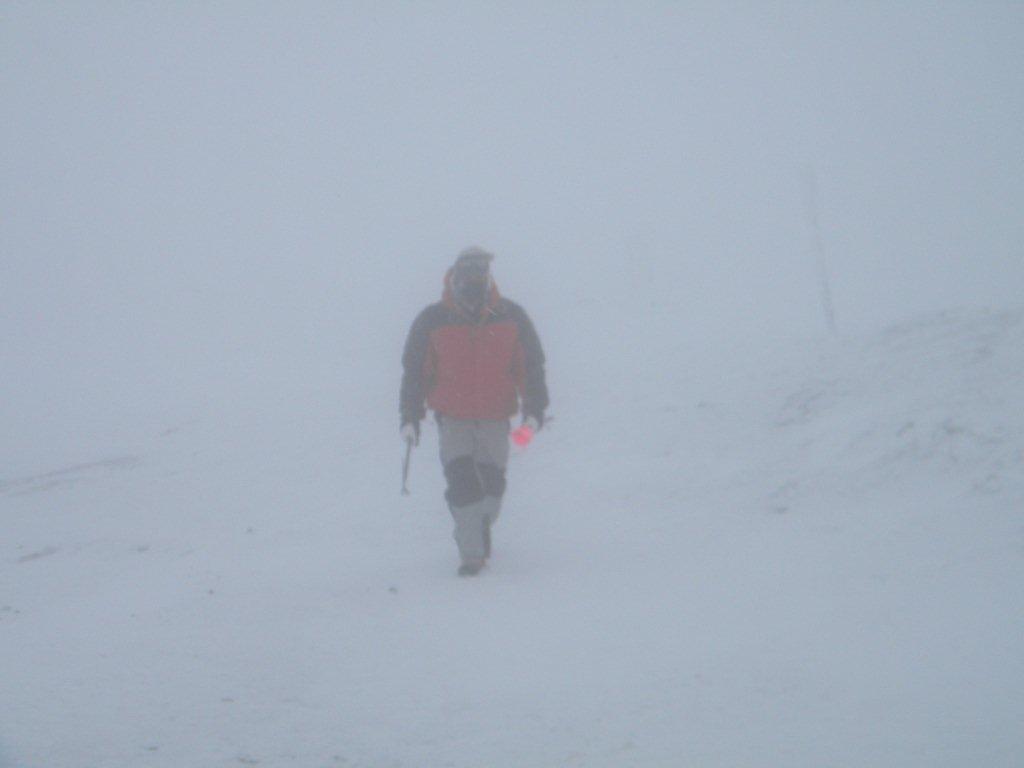
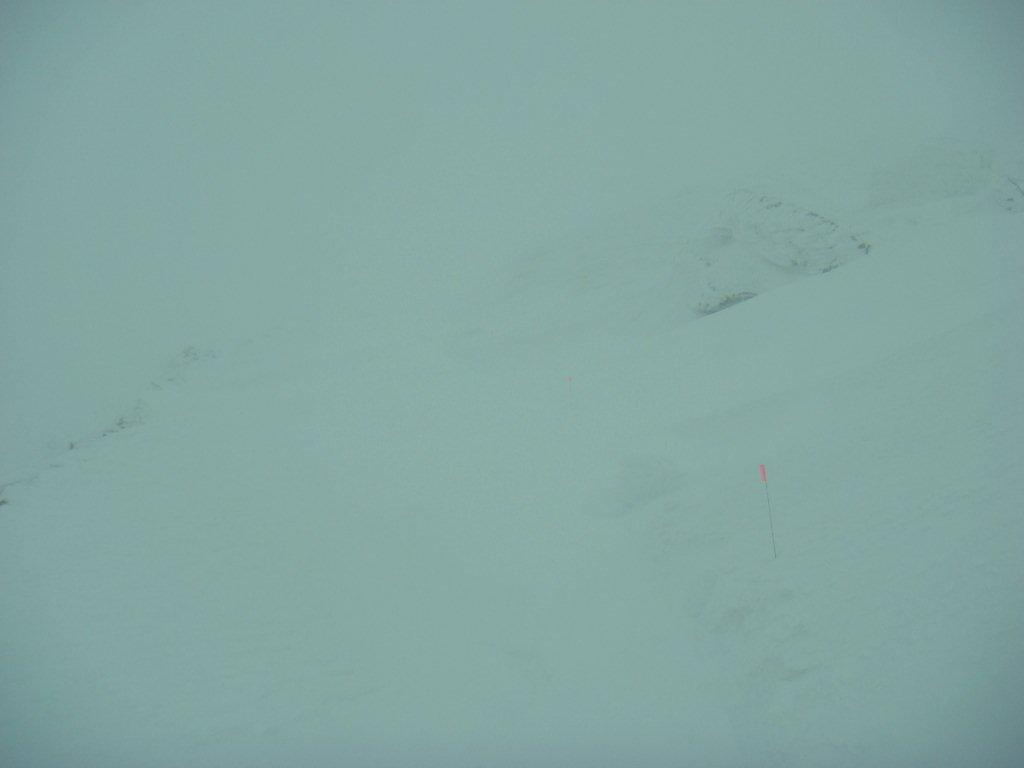
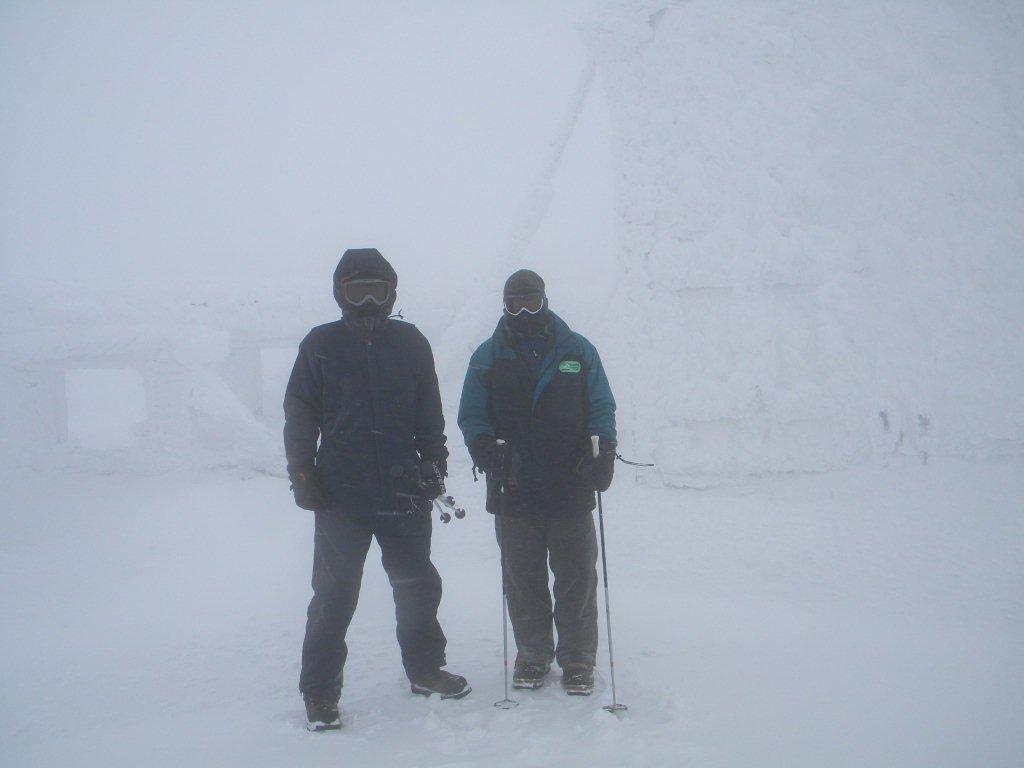
Chris Uggerholt came up mountain with Danny Johnson no problem by snow tractor at mid-morning. Danny will be up as state caretaker over the weekend. After I briefed Danny on the current conditions and status of summit operations we loaded up the Cat and headed down as Ken needed to get back to the DES lab with our samples by days end. On the way down the mountain the engine temp gauge on the snow tractor started fluctuating. We stopped at the `winter cut-off’ to add some antifreeze which didn’t help lower the engine temp. Our state park operator Chris, who I would categorize as one of the best snow tractor operators in NH, diagnosed the problem as a bad serpentine belt. We had a spare, made a fast belt swap and low and behold all engine readings returned to normal!
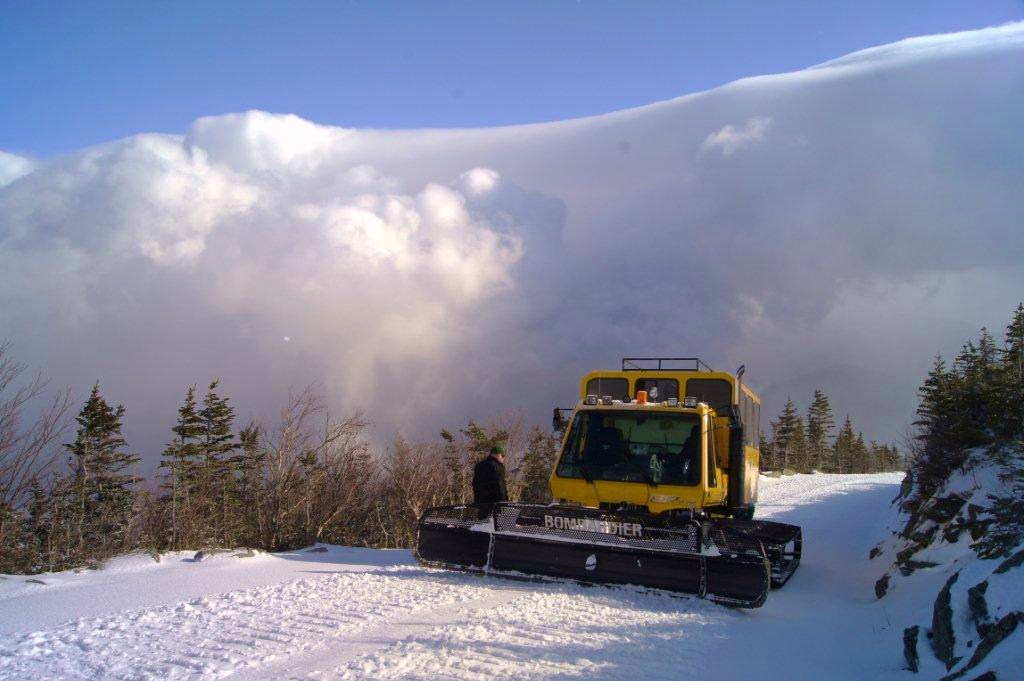
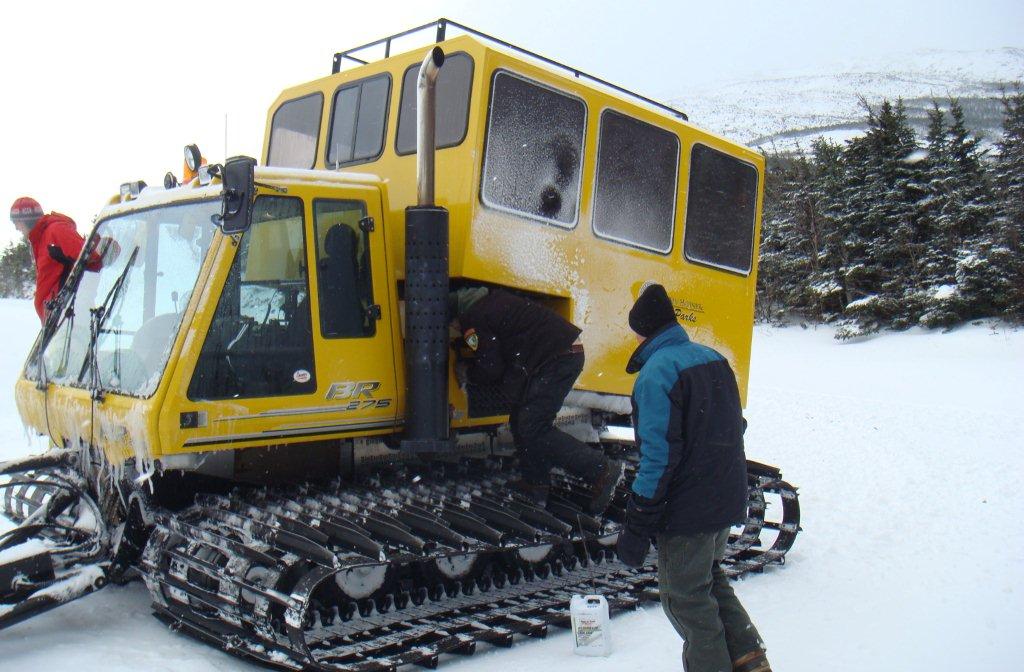
This whole shift was a wonderful learning experience and early winter `refresher’ from dressing correctly for -40 wind chills, to waste water treatment plant advanced diagnostics to even some snow tractor engine repair. Next week we have a site inspection scheduled for the park’s Yankee Communication Building which will be a good opportunity to discuss the park’s role in radio communications from the summit of Mt. Washington.

